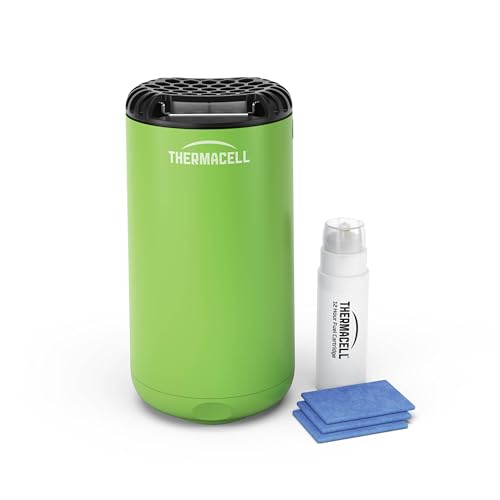




Relief begins with a thorough cleaning of your pet’s living space. Regularly vacuuming and washing bedding can significantly reduce the presence of irritating insects. Consider using pet-safe insect repellents around your home and yard to create a less inviting environment for these nuisances.
Consult with a veterinarian about specific treatments that can soothe your furry friend’s discomfort. Topical ointments or prescribed medications may alleviate symptoms and reduce anxiety associated with these irritations. It’s crucial to follow the vet’s instructions closely for optimal results.
Behavioural modification plays a key role as well. Providing distractions like toys or engaging in playtime can help shift your pet’s focus away from the irritation. Establish a routine that includes regular exercise to keep their mind and body active, which may reduce the frequency of these episodes.
Monitor your companion’s behaviour closely. If symptoms persist or worsen, returning to the vet is essential to rule out other underlying health issues. Early intervention can make a significant difference in your pet’s comfort and overall well-being.
Identifying Symptoms of Fly Biting Syndrome
Recognising the signs of this condition is crucial for timely intervention. Watch for these specific behaviours and symptoms:
- Sudden Biting or Scratching: Noticeable increases in biting at the air, often accompanied by frantic scratching.
- Disorientation: Affected canines may appear confused or dazed during episodes, as if they are trying to catch something invisible.
- Vocalisation: Excessive barking or whining typically signals distress during these episodes.
- Restlessness: Increased pacing or inability to settle down can be a clear indicator.
- Skin Irritation: Observe for red, inflamed patches where the dog has been scratching excessively.
Additional Observations
Pay attention to specific times of the day when symptoms may worsen, such as dawn or dusk. This temporal pattern can help in understanding triggers. Also, consider whether the behaviour is consistent or sporadic, as this may provide insight into underlying causes.
Behavioural Changes
Monitor for changes in appetite or social engagement. A dog that suddenly avoids interaction or shows reluctance to eat may be experiencing discomfort due to their condition. Keeping a diary of these behaviours can aid in identifying patterns and discussing them with a veterinarian.
Implementing Environmental Modifications
One of the first steps to alleviate the discomfort caused by those irritating insects is to modify your pet’s environment. Simple changes can make a significant difference. Start by creating a designated indoor space where your companion can retreat from outdoor stimuli. This area should be quiet and filled with familiar toys, ensuring a sense of security.
Outdoor Adjustments
When venturing outside, consider using screens on windows and doors to limit access to annoying pests. If you have a garden, installing insect netting can be particularly helpful. Keeping the grass trimmed and removing standing water can reduce the population of these nuisances. Regularly changing your pet’s bedding and cleaning their living area is also vital, as it removes any lingering scents that may attract insects.
Creating a Calm Indoor Environment
Inside the home, use air purifiers to maintain good air quality and reduce allergens. Incorporating calming scents, such as lavender or chamomile, through diffusers can help soothe your four-legged friend. Providing plenty of interactive toys can keep them engaged and distracted from any external annoyances. If your companion seems particularly anxious, consider consulting with a behaviourist to explore further behavioural modifications that can ease their stress.
Choosing the Right Treatment Options
Consult a veterinarian for a tailored approach. They may suggest medications such as corticosteroids or antihistamines to alleviate symptoms. It’s essential to monitor your pet closely during this process to assess the effectiveness of the prescribed treatment.
Natural Remedies
Consider natural alternatives like coconut oil, which can soothe irritated skin. Applying a thin layer on affected areas may provide relief. Additionally, herbal supplements, such as chamomile or calendula, can support skin health. Always verify with your vet before introducing any new products.
Dietary Adjustments
Nutrition plays a key role in your companion’s overall well-being. Opt for high-quality, balanced meals. A diet rich in omega-3 fatty acids, found in fish oils, can promote skin health. For those on a raw diet, check out the best dry dog food when feeding a raw diet ukt for appropriate options. Supplementing with vitamins and minerals might also help improve skin condition.
Monitoring Progress and Adjusting Care
Regular observation is crucial. Keep a diary to track the frequency and duration of episodes. Note any changes in your companion’s behaviour or environment. This will help identify triggers and assess the effectiveness of your current approach.
Consult with your veterinarian at least every few weeks. They can offer insights based on your notes and suggest modifications to enhance your companion’s quality of life. If treatments aren’t yielding results, be open to trying alternatives. Medication adjustments or different environmental changes might be necessary.
In my experience, small changes often make a significant difference. For instance, I noticed my furry friend was less agitated after I altered her daily routine. Incorporating more structured playtimes helped channel her energy positively.
Don’t hesitate to seek support from a behaviourist if needed. They can provide tailored strategies and training techniques to manage your pet’s reactions effectively. Group training sessions can also expose your companion to new experiences, assisting in desensitisation.
As you monitor progress, celebrate small victories. Positive reinforcement for calm behaviour can encourage a more relaxed state. Adjust your care plan based on what works best for your situation, ensuring a happier environment for you both.






